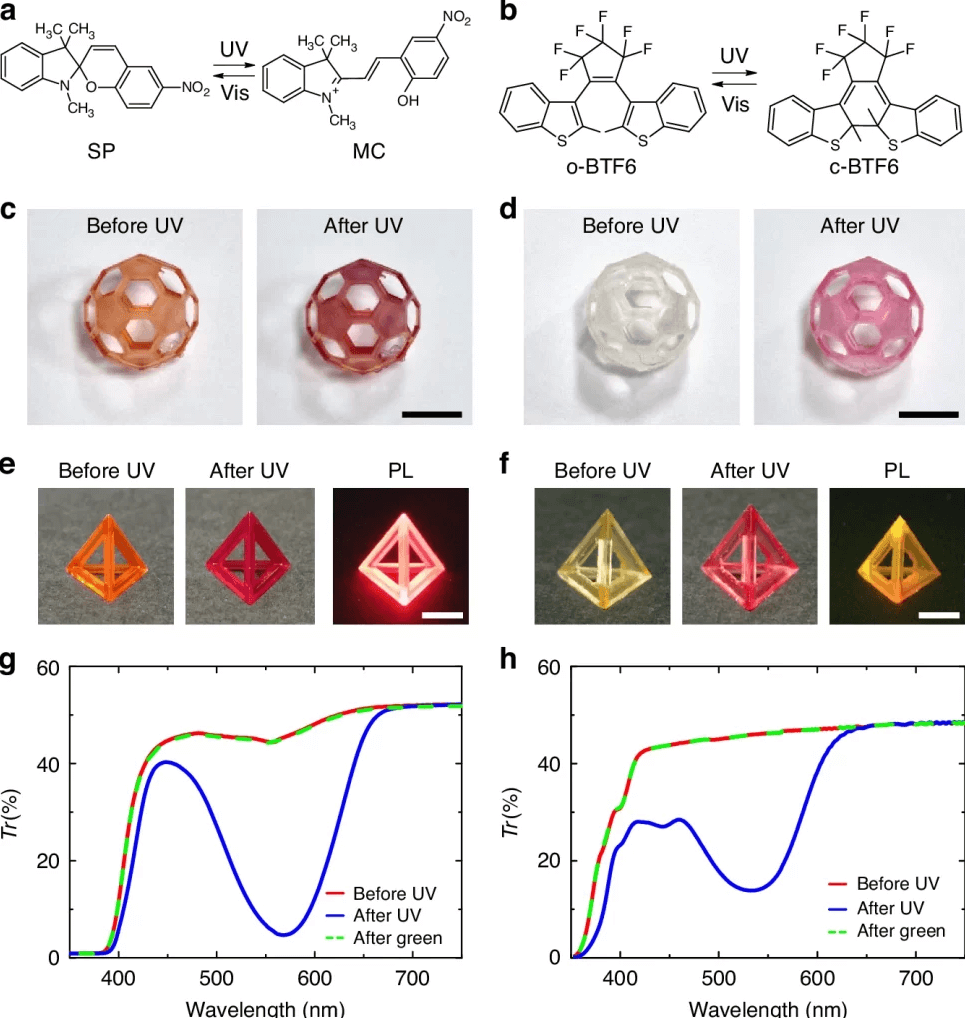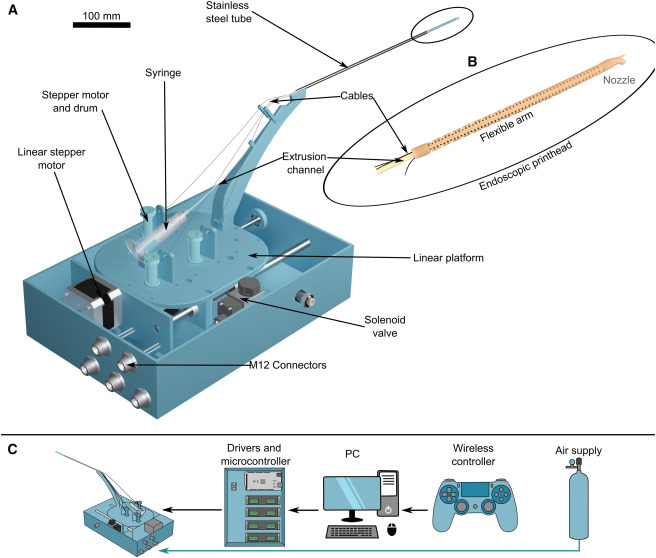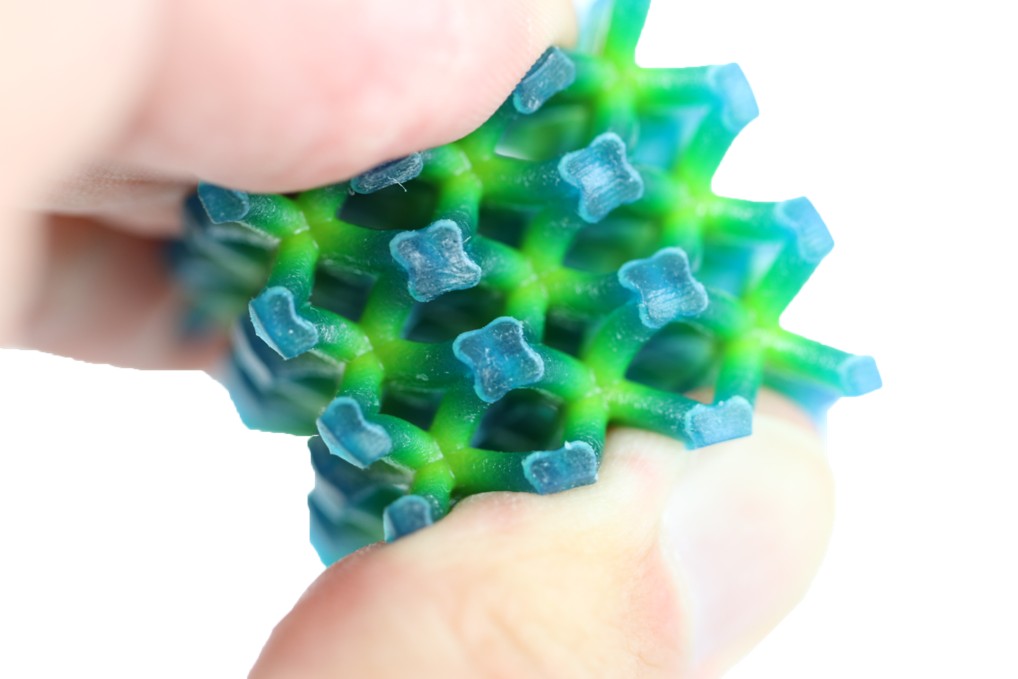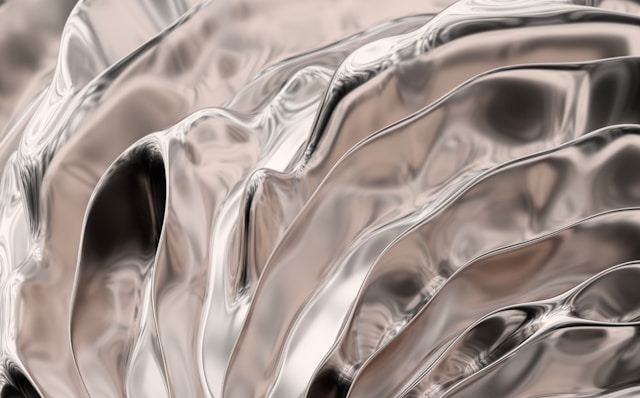
Date:2025-05-19 11:34:45
Our bodies are constantly breaking down. Over time, their built-in repair mechanisms also fail. Knee cartilage grinds away. Hip joints no longer support weight. Treatments for breast cancer and other health issues require removal by surgery. Because the body can’t regenerate those tissues, reconstruction using biomaterials is often the only way.
Traditionally, this kind of restoration involves one-size-fits-all breast implants or hip joints. More recently, 3D bioprinted tissues have begun to be tailored for patients. But these artificial tissues are printed outside of the body, and they still require additional surgeries to implant, adding to the chances of scarring, inflammation, or infection, and increasing healing time.
This month, a team from the California Institute of Technology unveiled a system to 3D print tissues inside the body—no surgery needed. Dubbed deep tissue in vivo sound printing (DISP), the system uses an injectable bioink that’s liquid at body temperature but solidifies into structures when blasted with ultrasound. A monitoring molecule, also sensitive to ultrasound, tracks tissue printing in real time. Excess bioink is safely broken down by the body.
In tests, the team 3D printed tissues inside a rabbit’s stomach and mouse’s bladder. They also added conductive nanoparticles to make soft biosensors and depots of medication—anticancer drugs or antibacterial medications—that released their payloads when hit with ultrasound.
“This work has really expanded the scope of ultrasound-based printing and shown its translational capacity,” Yu Shrike Zhang at Harvard Medical School, who was not involved in the research, told IEEE Spectrum. “It’s quite exciting.”
From Light to Sound
Thanks to its versatility, 3D printing has captured the imagination of bioengineers. The technology can be used to make artificial biological tissues, organs, or medical devices.
Bioprinters usually deposit one layer at a time. Each layer is solidified using light, then the next layer is laid on top of it. This layer-by-layer process takes time. More recently, an upgraded method called volumetric printing solidifies 3D structures with a single blast of carefully tailored light. The approach is faster but also constrained by how deeply light can pierce tissues.
Infrared light, for example, can shape implants under a thin layer of skin and muscle, Xiao Kuang at the University of Wisconsin–Madison, who was not involved in the study, wrote in Science. But light dims and scatters the deeper it goes inside the body. This limits the “direct printing of implants beneath millimeter-thick tissues”—or barely below the skin.
Ultrasound, best known for its use monitoring pregnancies, has an advantage here. It can reach deep into organs—nearly eight inches—without damaging them. Scientists have been exploring focused ultrasound, which blasts a certain frequency of soundwaves towards a tissue, as a way to monitor brain and muscle activity.
Ultrasound can also trigger chemical reactions. In 2023, Zhang and colleagues engineered a molecular concoction dubbed “sono-ink” that solidifies when blasted with a specific frequency of sound waves. The team 3D printed multiple shapes inside isolated pork belly, liver, and kidneys and patched tissue damage in a goat heart.
But the ink was sensitive to stress and other disruptions in the body, resulting in slower printing and poor resolution. Sound waves also generate heat, which hardened some of the sono-ink before it had formed the intended structures. Further, other molecules in the ink and local heat spikes across tissues increased biocompatibility risk.
“Ultrasound 3D printing inside a body is more challenging than it seems,” wrote Kuang.
A New Ink
The new system relies on upgraded sono-ink.
The ink has multiple components combined into a single concoction. First up are chains of molecules that normally float about freely but grasp each other when given a molecular cue. These are accompanied by fatty bubbles filled with binder molecules—the molecular cue—that release their payloads when exposed to ultrasound. A final encapsulated component includes multiple chemicals that scatter sound waves and light up when certain soundwaves hit. These help the team visualize the ink’s location and determine if it’s formed the desired structure.
The new setup “prevented premature chemical reactions at body temperature and provided better control of the printing process,” wrote Kuang.





